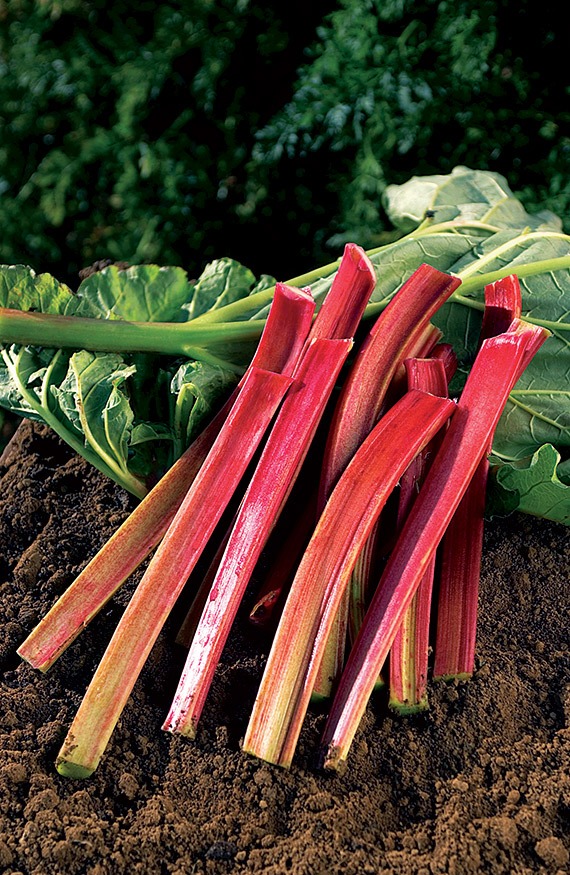-
£2.50 P&P ON SEED ORDERS - £4.99 P&P on Bulb Orders
FREE DELIVERY ON ORDERS OVER £50
We are unable to deliver to N.Ireland, Europe or The rest of the worlD
Organic Rhubarb ‘Victoria’
£2.70
Out of stock
 Rheum Rhabarbarum – 10 Seeds
Rheum Rhabarbarum – 10 Seeds
Rhubarb ‘Victoria’ is one of the oldest varieties of rhubarb that is still in cultivation today. It was introduced in 1837 to mark Queen Victoria’s accession to the throne and is one of the sweetest and most flavourful of all rhubarbs.
Once the plant matures then you can expect a heavy crop for years to come.
Did you know you can even grow rhubarb in large pots (around 50cm in diameter) if space is limited.
Rhubarb seeds should be sown in trays or modules in the spring. Pot on when the seedlings are large enough to handle. When planting in their final position select the plants with the reddest stems and allow approximately 90cm between plants. Harvest lightly in Year 2 as the plants are still establishing. In Years 3 onwards harvest as required during the spring and summer.
Seed Story
Rhubarb dates back to around 2700BC and originates from Siberia. It was introduced to Europe by Marco Polo and thrives in this country due to our cold, wet winters.
An area of West Yorkshire known as the ‘Rhubarb Triangle’ used to produce 90% of the world’s forced rhubarb!
In the late 1800’s, the demand for forced rhubarb was so high that a special express train carrying nothing but rhubarb was sent from Yorkshire to London to service Covent Garden and Spitalfields markets. Over 200 tonnes of rhubarb was sent every day during the forecd rhubarb season which ran from Christmas through to Easter!
Rhubarb is so highly regarded that Persian Mythology said that the human race developed from Rhubarb seeds!
Throughout history rhubarb was used as medicine for a variety of ailments including infections and digestive issues. During 17th century England the value was higher than that of opium and saffron!
Whilst technically a vegetable since we only eat the stem (the leaves are toxic), many would consider it to be a fruit as it is most commonly eaten like a fruit in jams and deserts





